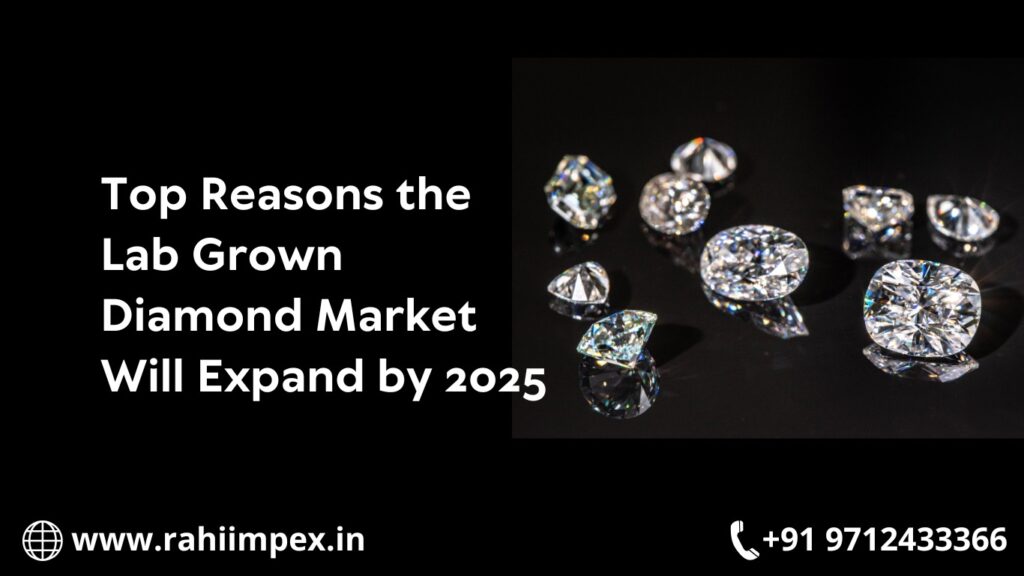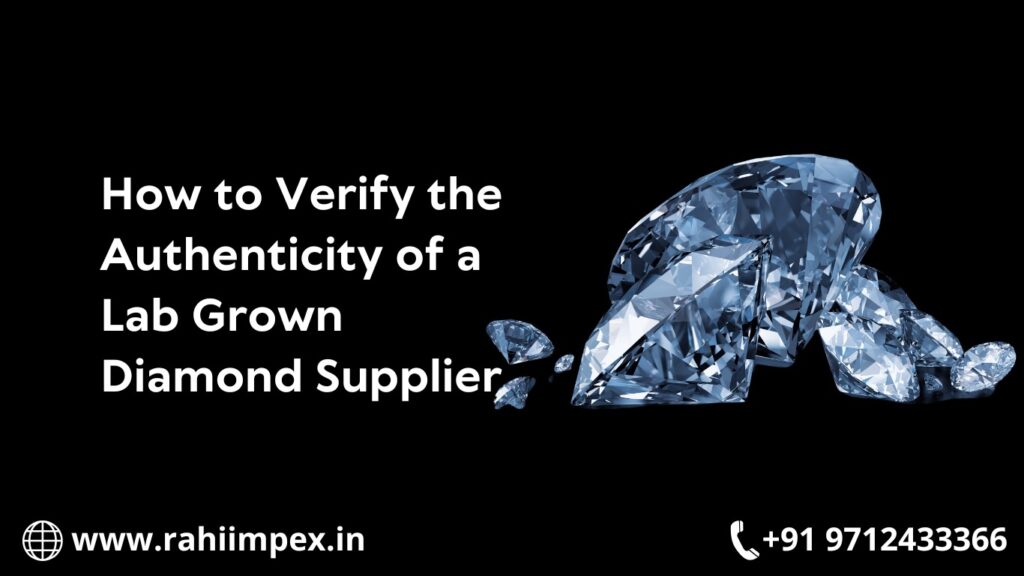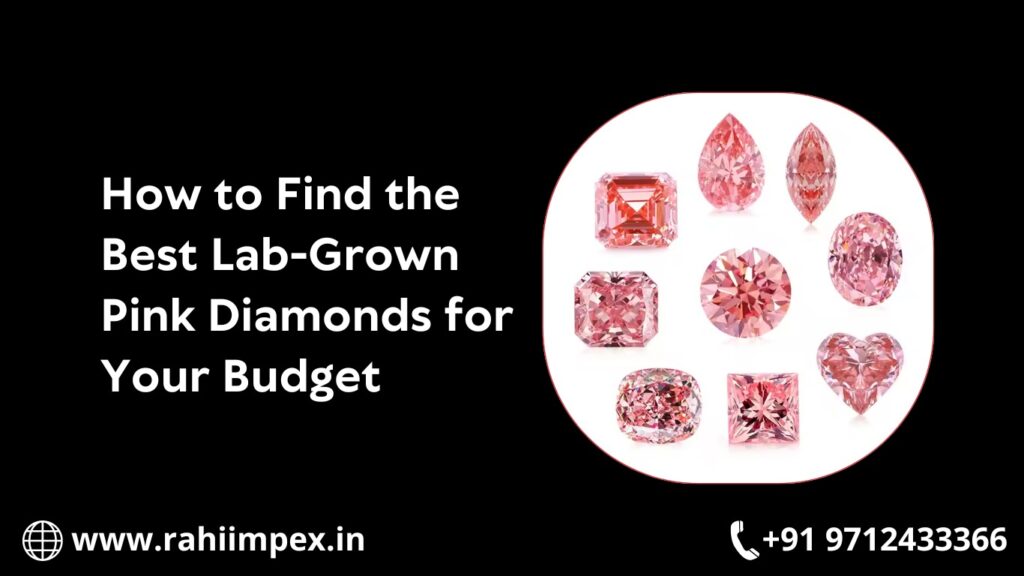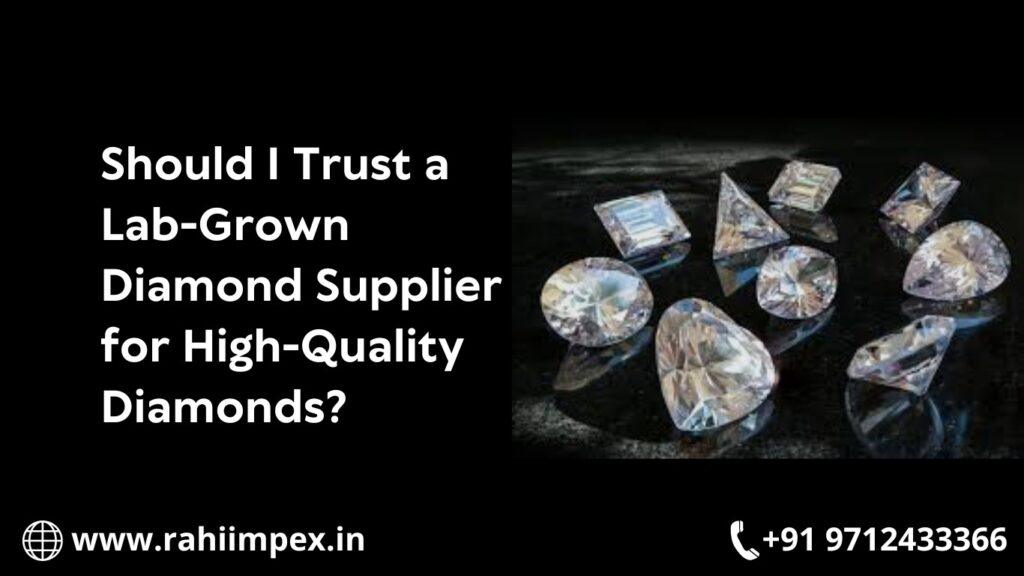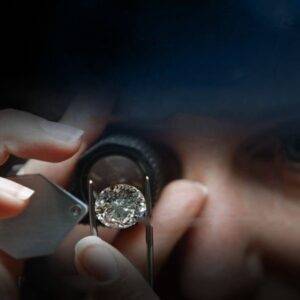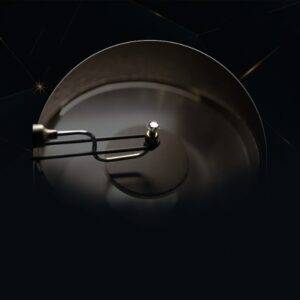From Surat to the World: How Rahi Impex Stays Ahead in the Diamond Game
Nowadays, we live in a world where customers’ growing expectations demand continuous innovation in any field. This is also true for the case of jewelleries and diamonds. So, customers want to trust a company that can be the one to offer some interestingly beautiful and high-quality lab-grown diamonds.
Here comes the name Rahi Impex. This company has now become one of the most trusted names in the field of lab-grown colour diamonds. It is rooted in Surat, known as India’s diamond capital. This is a dynamic company that is now redefining what actually makes a diamond truly out of the world. With Rahi Impex’s diamonds, you will enjoy a perfect combination of elegance, ethics, and efficiency in every carat.
So, let’s see what qualities make Rahi Impex stand out in the diamond game.
- Local Roots yet Global Reach
As you have already known the story of Rahi Impex actually started in Surat. However, the shine of its diamonds has become quite popular globally. Whether you are living in Dubai or in New York, you will see the diamonds of Rahi Impex everywhere. It has an extensive inventory ranging from 2 to 15 carats. Also, it offers an amazing variety of various kinds of coloured and white lab-grown diamonds to its customers around the globe.
- Seamless Service with Smart Shipping
At Rahi Impex, you will enjoy efficiency and convenience together. This company makes sure that every diamond it offers includes its full value with proper IGI certification. This IGI mark or certification is a highly trusted and globally recognized certification. With the help of this certification, the authenticity, traceability and quality of the diamonds can be confirmed.
So, in this saturated and competitive market, this certification will prove that Rahi Impex is trying its very best to set as well as maintain a higher standard than others.
- Enjoy Colors That Speak
Rahi Impex has been one of the best names in the field of fancy-colored diamonds. Here you will get various types of interesting options. Such as electric yellows, vivid pinks, cool greens, and rare reds. So, you will always find the perfect option for your every mood and event.
In addition, the shapes of diamonds range from Cushion and Radiant to Emerald and Asscher, which you will surely love. Clarity consistency in the VVS to VS is displayed by Rahi Impex diamonds.
- Feedback is the Fuel
In this digital era, customer feedback is very important. So, Rahi Impex tries to collect all types of client feedback, including text and video messages. Also, they check out every review to sharpen their quality, drive new products, streamline their service, and more. Just by collecting client messages, Rahi Impex can offer improved products than before.
- Showcasing Organic Growth
Rahi Impex invests a lot in SEO and social media to strengthen its market. This strategy helps them to increase their organic reach and attract lots of new customers.
- Marketing With a Twist
Rahi Impex believes in marketing trust. So, they place emphasis on certain things. Such as transparent pricing, smooth transactions, responsive communication, etc. This helps them to offer better services to customers. Moreover, to help resellers, they offer some other facilities. Such as ready-to-use promotional content, curated product bundles, adaptable dispatch options, etc. Finally, they can enjoy lasting credibility by remaining helpful and honest.
- Direct to Client Model
Rahi Impex has a direct shipping model. This can easily offer improved speed and savings. So, if you are a designer, a reseller, or simply want to collect some amazing pieces, you can always trust Rahi Impex.
So, with the increasing demand for highly-quality diamonds the popularity of Rahi Impex is also growing with remarkable speed. This company offers some amazing facilities, along with amazing diamonds that attract lots of customers globally.
From Surat to the World: How Rahi Impex Stays Ahead in the Diamond Game Read More »


